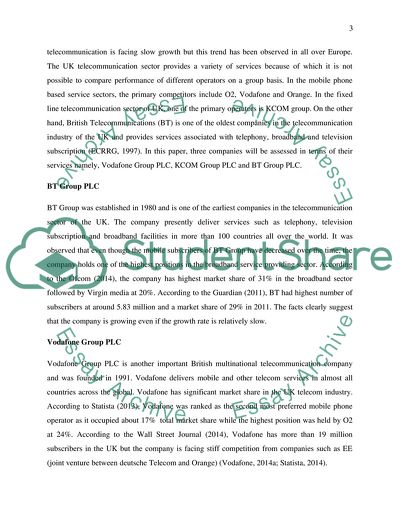Cite this document
(Running and Competition of UK Telecommunication Services Industry Essay, n.d.)
Running and Competition of UK Telecommunication Services Industry Essay. https://studentshare.org/finance-accounting/1842983-running-and-competition-of-uk-telecommunication-services-industry
Running and Competition of UK Telecommunication Services Industry Essay. https://studentshare.org/finance-accounting/1842983-running-and-competition-of-uk-telecommunication-services-industry
(Running and Competition of UK Telecommunication Services Industry Essay)
Running and Competition of UK Telecommunication Services Industry Essay. https://studentshare.org/finance-accounting/1842983-running-and-competition-of-uk-telecommunication-services-industry.
Running and Competition of UK Telecommunication Services Industry Essay. https://studentshare.org/finance-accounting/1842983-running-and-competition-of-uk-telecommunication-services-industry.
“Running and Competition of UK Telecommunication Services Industry Essay”. https://studentshare.org/finance-accounting/1842983-running-and-competition-of-uk-telecommunication-services-industry.


